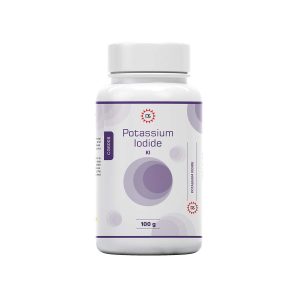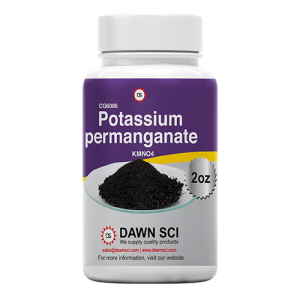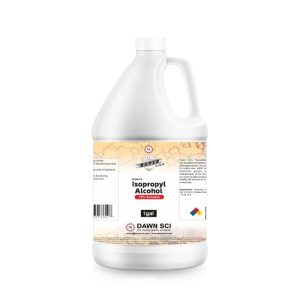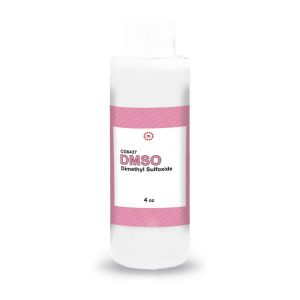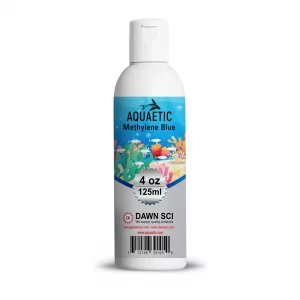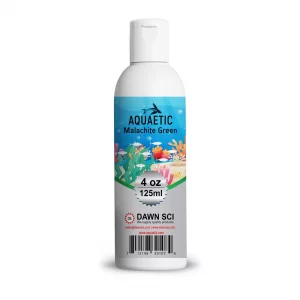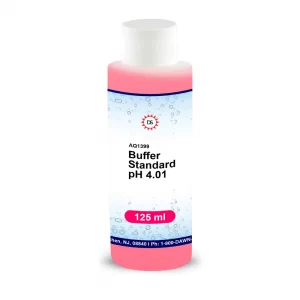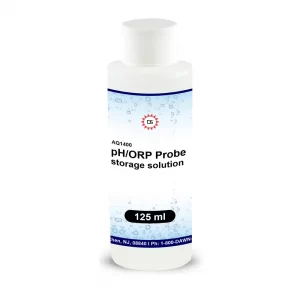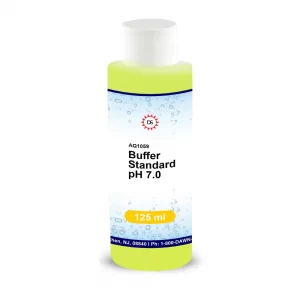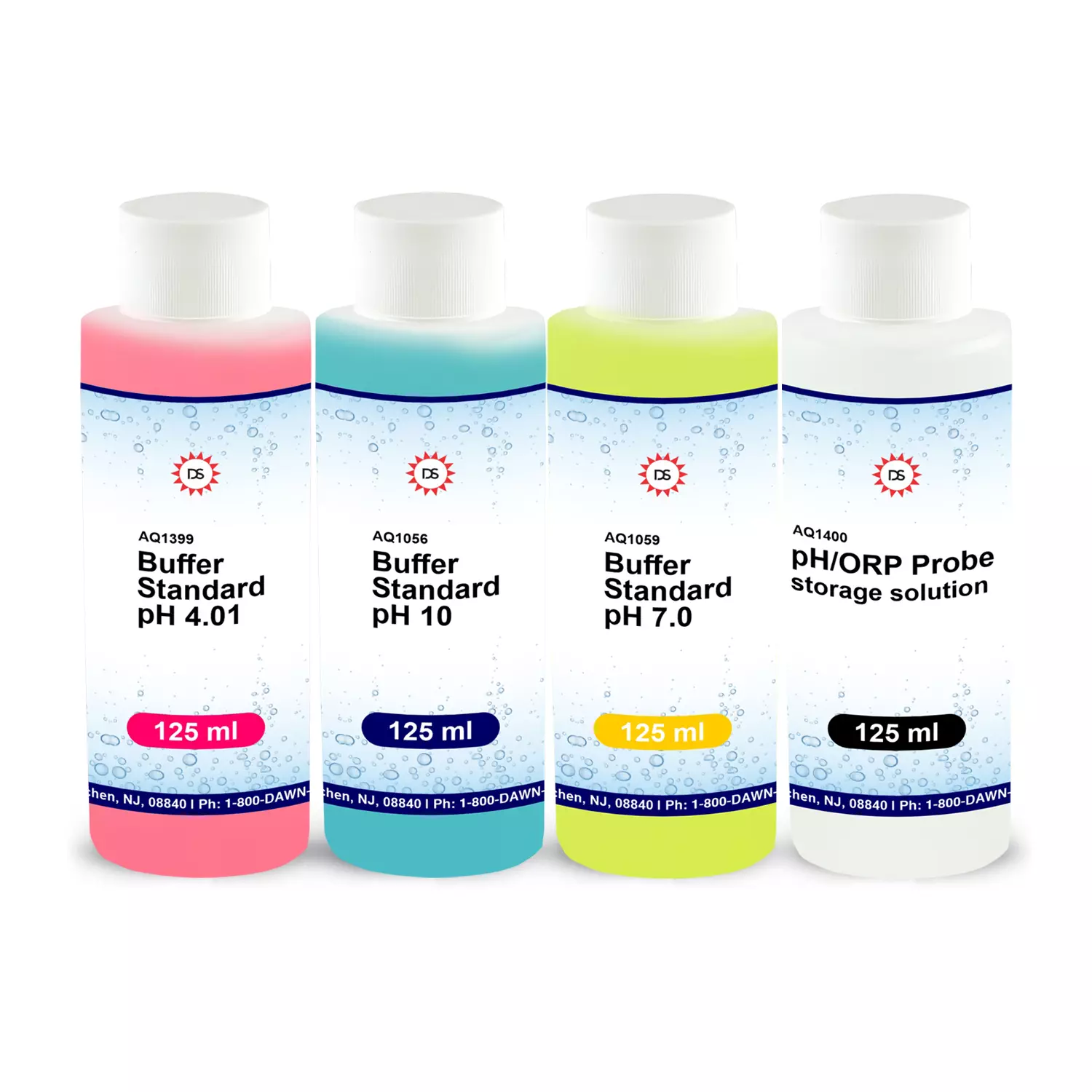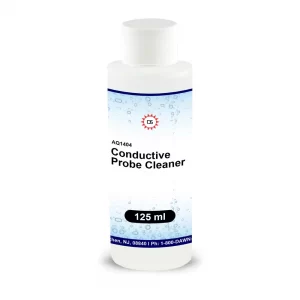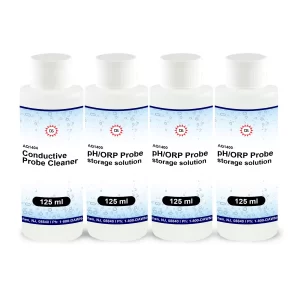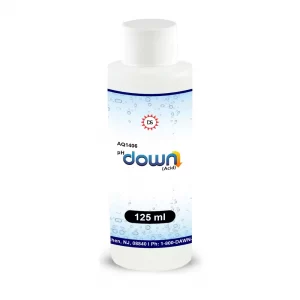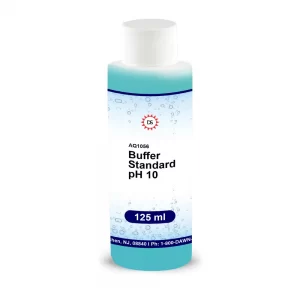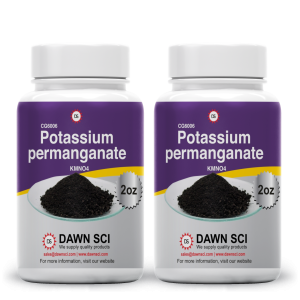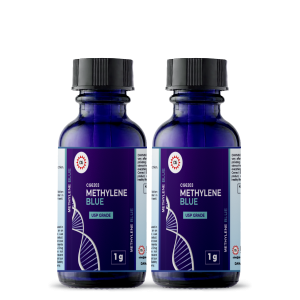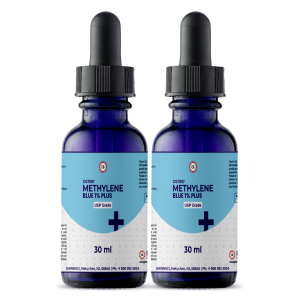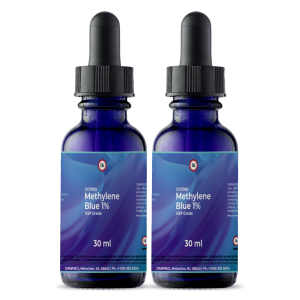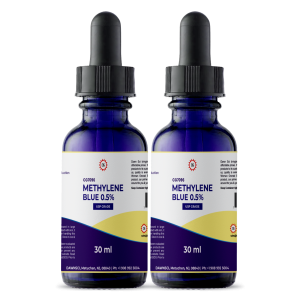The pH probe might get dry out when you have not use it in long time resulted into wrong or false results in pH measurement. Your probe might require reconditioning. Dawn Sci’s pH probe conditioning kit have the solution to bring back your probe to normal working condition. Please try our pH probe reconditioning solution before you throw out your expensive probes away. Our reconditioning kit may give new life to your probe and save your lots of money.
All you have to do is dip the pH Probe in this three-step reconditioning chemical bath and your Probe could be as good as new. The entire process takes about 5 minutes.
• It may give new life to your expensive probe
• 5 minutes process to check
Instructions:
Step- 01: Place your probe in solution-1 for 15 seconds and then rinse with water
Step-02: Place your probe in solution-2 for 15 Seconds and then rinse with water
Repeat steps 1 and 2 three more times, and then check the performance of your pH probe. If your pH probe needs further conditioning proceed to step 3.
Step-03: Place your pH probe into bottle 3 and wait 3 minutes and then rinse with water
Cautions: Please wear appropriate PPE as this reconditioning kit contains Acids and base.
In contrast to reference pH calibration solutions the composition of technical buffer pH solutions is not regulated. So it is important to note that the temperature reaction of those pH calibration solutions can vary, even if the same nominal pH value is specified at 25°C. In particular at a calibration temperature other than 25°C considerable errors can occur with the pH measurement results. In addition to different kinds of buffer pH solutions the calibration procedure plays a major role in determining the accuracy of the pH measurement. The following pH calibration procedures are identical for any pH measurement.
One-point-calibration: A one-point-calibration is accomplished using one reference pH calibration solution. Here only the zero point of the pH electrode is verified and it is assumed that the increasing pH values measured by the pH electrode approximately match the Nernst effect. This method of pH electrode calibration is the fastest.
Two-point-calibration: This calibration method is accomplished using two reference pH calibration solutions, with a minimum pH difference of two units. Here the maximum measurable pH value and zero point are determined by a linear slope cutting through the measuring points. Because pH electrodes usually have very good linearity, this form of calibration is sufficient enough to provide high measurement accuracy.
Multipoint-calibration: A multipoint calibration is accomplished with three or more reference pH calibration solutions. The difference between pH solutions should be greater than 0.5 pH units. The pH electrode calibration curve is determined by either linear regression through all measuring points or built from segments between neighbored buffers in which the zero point and transconductance can be calculated. To evaluate the certainty of the calibration procedure the stability index (R2) could be consulted. It shows whether the theory correlates with the results and should have a value around 1. Often alkaline buffer solutions are used to accomplish a multipoint calibration. These should be checked for freshness and their percentage error effect has to be estimated.
Three-point-calibration with Dawn buffer pH calibration solutions 4 ,7 and 10increase the accuracy and for most pH measurement.
Disclaimer : Any of above statements have not been evaluated by the food and drug administration (FDA).This product is not intended to diagnose, treat, cure, or prevent disease. This information provided is general and should not be taken as medical advice. This product is for research use only.We strongly advise you to have a test batch before use. If you suffer any adverse reactions or symptoms, please discontinue use immediately.

